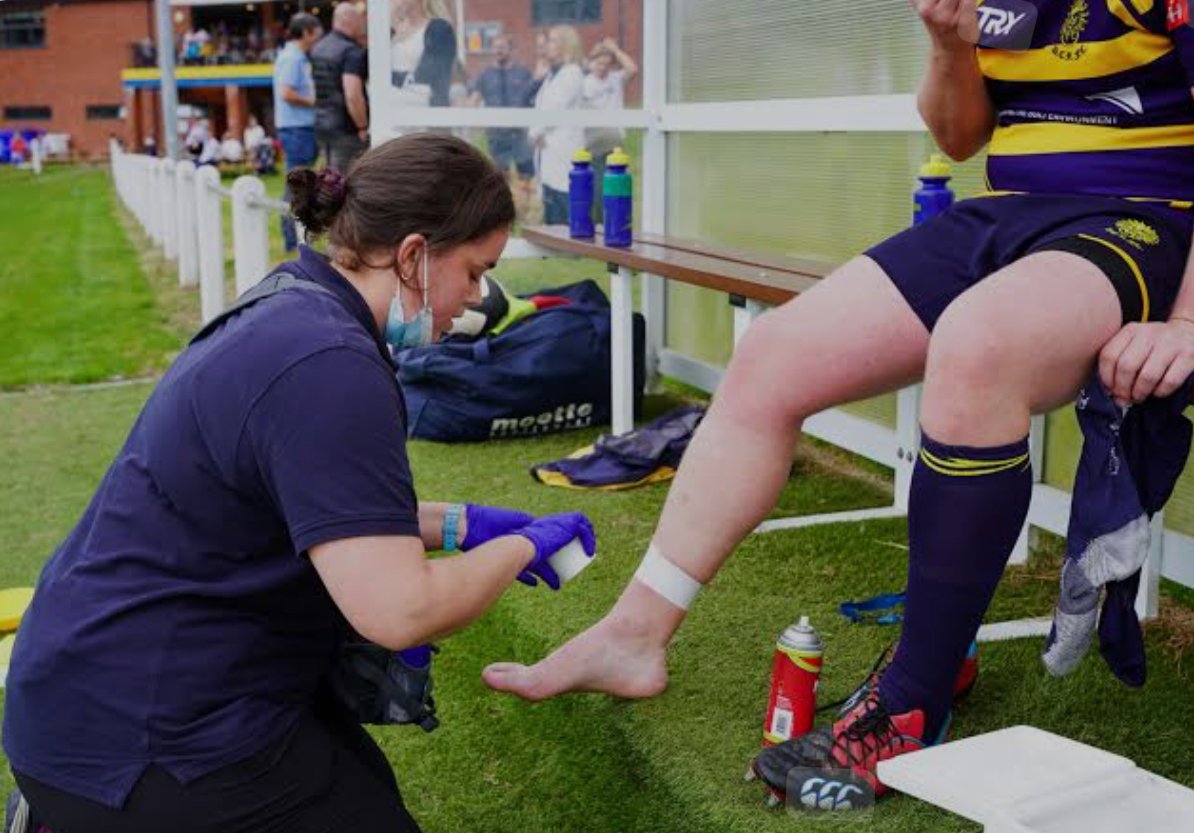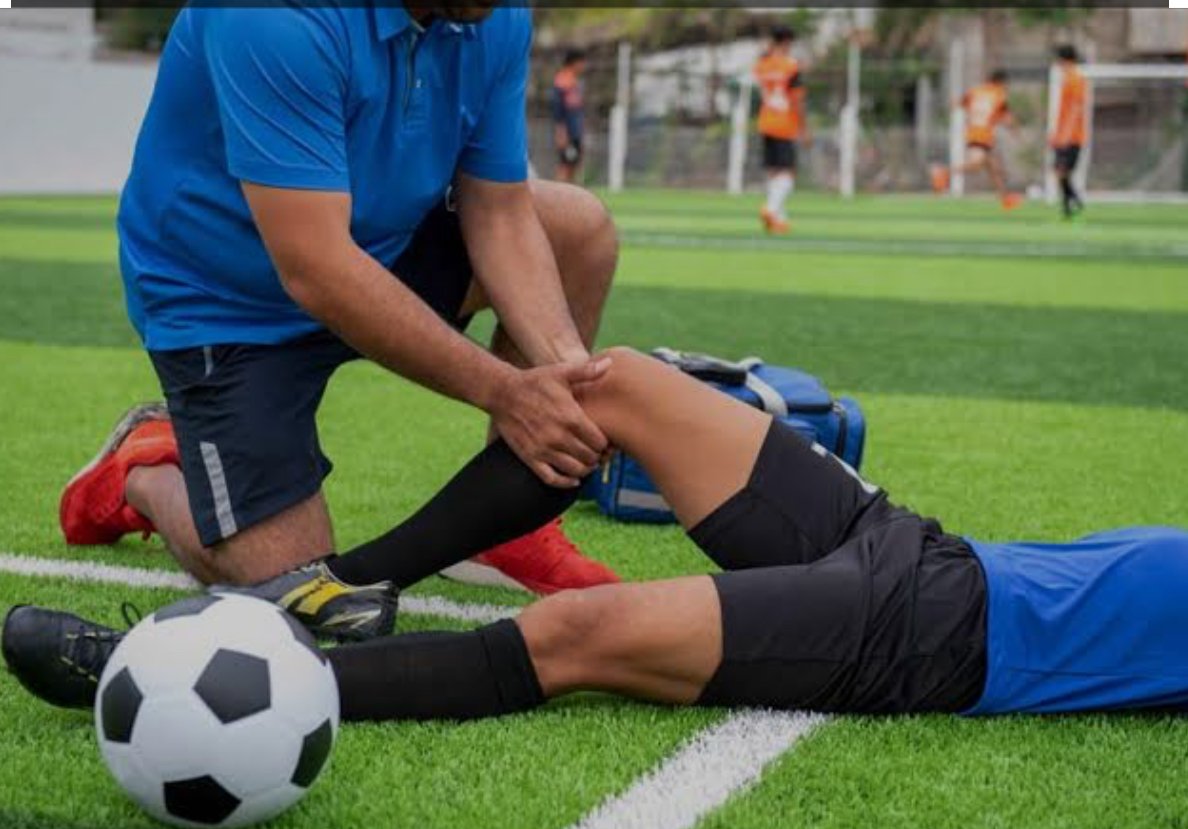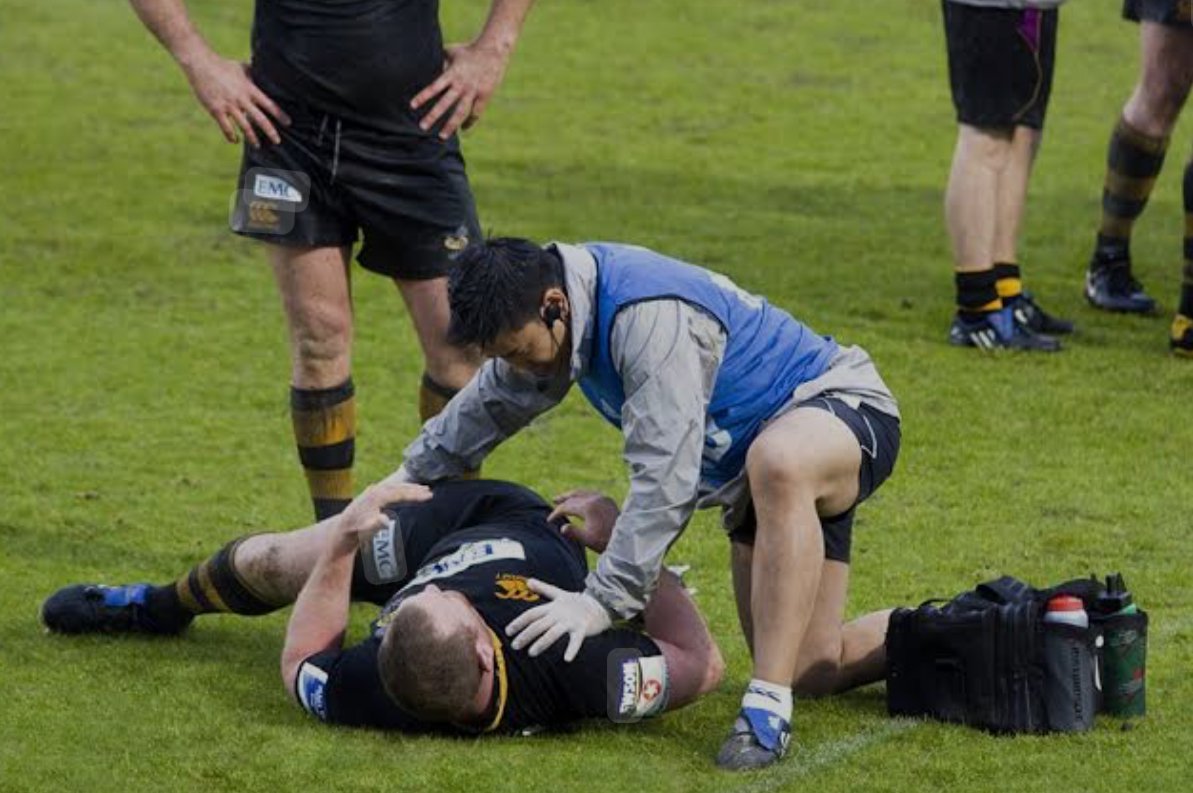Sports Physiotherapy
1. Injury Management
- Assessment: thorough exams, encompassing both functional and physical tests, in order to diagnose injuries.
- Rehabilitation Protocols: Custom-designed rehabilitation plans focusing on specific injuries (e.g., ACL tears, ankle sprains) that may involve stages of recovery from acute care to full return-to-sport.

Contents
Sports Physiotherapy1. Injury Management2. Performance Enhancement3. Injury Prevention4. Rehabilitation Techniques5. Interdisciplinary Approach6. Education and Empowerment7. Emerging Trends8. Psychological AspectsRole of physiotherapy in sports!! (Sports Physiotherapy)1. Injury Prevention2. Injury Management3. Performance Enhancement4. Rehabilitation Techniques5. Education and Empowerment6. Psychological Support7. Collaboration
2. Performance Enhancement
- Strength Training: Developing sport-specific strength and endurance through targeted exercises.
- Flexibility and Mobility: Increasing range of motion and preventing injuries by using mobility exercises and stretching.
- Biomechanical Analysis: Motion capture and video analysis are used to evaluate movement patterns and pinpoint areas in need of development.
3. Injury Prevention
- Conditioning Programs: Developing customised regimens that lower the risk of injury and improve general fitness.
- Movement Screenings: Conducting assessments like the Functional Movement Screen (FMS) to identify dysfunctions and corrective exercises.
- Education: Providing athletes with information on proper techniques, warm-ups, and cooldowns to mitigate injury risks.

4. Rehabilitation Techniques
- Manual Therapy: Techniques such as joint mobilization and soft tissue manipulation to reduce pain and improve mobility.
- Therapeutic Exercises: Specific exercises to rebuild strength, coordination, and proprioception.
- Functional Training: Activities that simulate sport-specific movements to prepare athletes for the demands of their sport.
5. Interdisciplinary Approach
- Collaboration: Working closely with coaches, athletic trainers, dietitians, and sports psychologists to create a holistic care plan.
- Communication: Maintaining open lines of communication among all team members to ensure consistent messaging and care.
6. Education and Empowerment
- Self-Management Strategies: Teaching athletes about injury prevention techniques, self-massage, and home exercise programs.
- Body Awareness: assisting players in better understanding their bodies so they can spot strain or injury early on.
7. Emerging Trends
- Telehealth: Increasing use of virtual consultations, allowing for ongoing support and guidance.
- Technology Integration: Incorporating wearable devices and apps for monitoring performance and recovery metrics.
- Regenerative Medicine: Utilizing treatments like PRP (platelet-rich plasma) and stem cell therapy in rehabilitation protocols.
8. Psychological Aspects
- Mental Resilience Training: Incorporating strategies to enhance mental toughness and coping mechanisms during recovery.
- Support Systems: Providing psychological support and motivation, particularly during lengthy rehabilitation processes.
Role of physiotherapy in sports!! (Sports Physiotherapy)
1. Injury Prevention
- Assessment: Identifying risk factors through movement screenings and physical assessments.
- Conditioning Programs: Designing tailored programs to enhance strength, flexibility, and endurance.
2. Injury Management
- Acute Care: Providing immediate treatment for injuries using techniques like RICE (Rest, Ice, Compression, Elevation).
- Rehabilitation: Developing structured rehab protocols to restore function and facilitate recovery.
3. Performance Enhancement
- Biomechanical Analysis: Evaluating movement patterns to optimize performance and correct inefficiencies.
- Strength and Conditioning: Implementing sport-specific training to improve physical capabilities.

4. Rehabilitation Techniques
- Manual Therapy: Using hands-on techniques to alleviate pain and improve mobility.
- Therapeutic Exercises: putting together workout plans with the goal of regaining endurance and strength.
5. Education and Empowerment
- Injury Awareness: Educating athletes on recognizing symptoms and understanding injury mechanisms.
- Self-Management: Teaching athletes techniques for recovery and injury prevention.
6. Psychological Support
- Mental Resilience: Helping athletes cope with the psychological challenges of injury and recovery.
- Motivation Strategies: Providing support and encouragement throughout the rehabilitation process.
7. Collaboration
- Interdisciplinary Care: Working with coaches, trainers, and medical professionals to provide comprehensive care.
